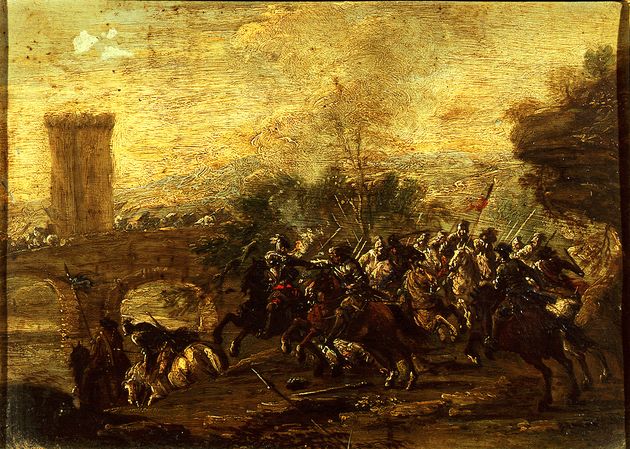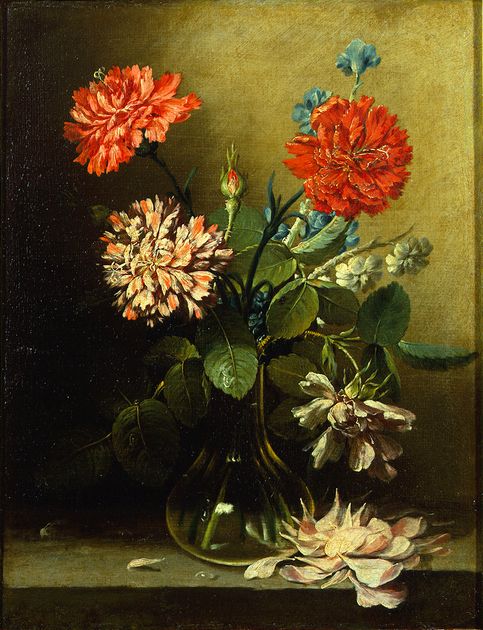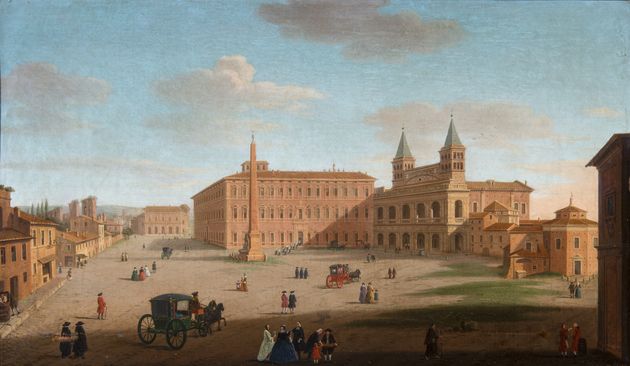The paintings, attributed to Jan “Velvet” Brueghel by Roberto Papini (1912) received the correct attribution to Jan Van Kessel the Elder by Giuseppe Marchini (1958). However, Papini had already noted the remarkable similarity with some similar paintings in the Doria Pamphilij Gallery in Rome: paintings now recognised without doubt as works by Kessel.
Together with his grandfather, whose workshop he would grow up in and learn art (but the influence of Daniel Seghers was also strong on him) Jan shared his naturalistic repertoire and great favour with collectors. Their success, attested by the presence of many of these works on copper in Italian collections in the late 17th and early 18th century, certainly responded to the taste of their contemporaries for minute and precise depictions, in keeping with the naturalistic interests of many of the collectors, but also to the highly decorative nature of such paintings.
The Medici in Florence also collected works of this kind: from Cardinal Don Lorenzo to Grand Duke Cosimo III, who made his purchases by travelling to Flanders and Holland as a young prince. But it was in Rome that the presence of such offshoots, which at times it is difficult to determine whether to attribute them to the masters or their workshops, was a distinctive and inescapable element of every great 18th century picture gallery.
It is therefore no coincidence that these works come from the so-called Galleria Martini, a collection donated to the Ospedale di Prato hospital and formed according to the criteria and taste of 18th century Roman picture gallery.




































